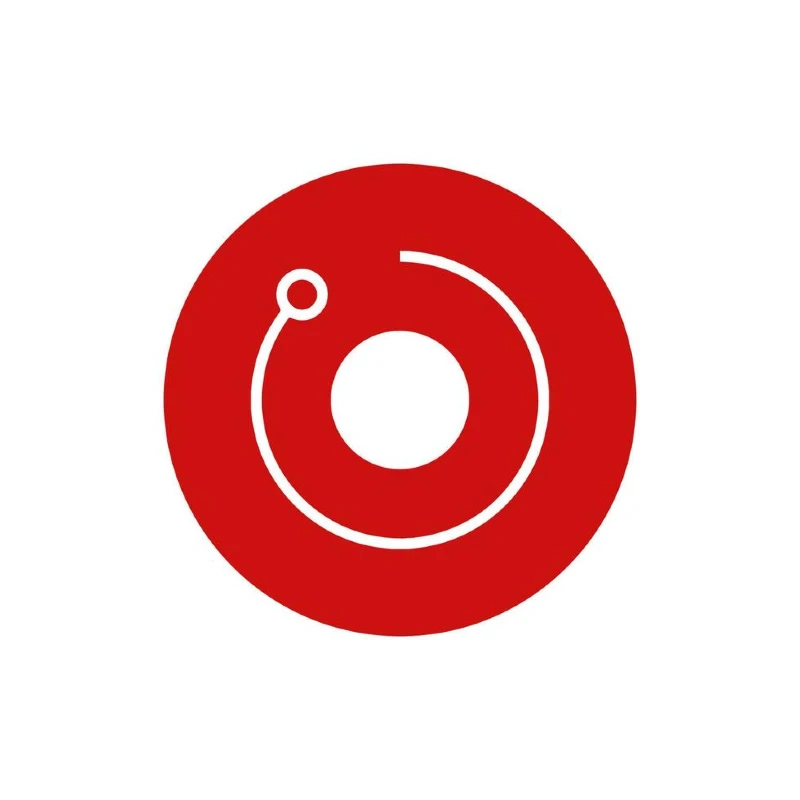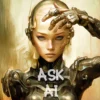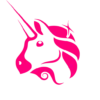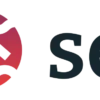Render (RNDR)
In an increasingly digital world, the demand for high-quality, immersive content is at an all-time high. From blockbuster films to the intricate virtual worlds of gaming and the emerging metaverse, the need for powerful GPU rendering is more critical than ever. However, traditional centralized rendering solutions are often expensive, limited in scale, and inaccessible to many creators. Enter the Render Network, a transformative platform that not only decentralizes the rendering process but also democratizes access to the computational power required to create cutting-edge digital content.
Why Render Network Exists
Render Network was conceived to address the significant bottlenecks in the current rendering landscape. Centralized rendering farms, while powerful, are costly and often out of reach for independent creators and smaller studios. The Render Network disrupts this model by offering a decentralized alternative that connects creators with idle GPUs worldwide. This approach breaks down barriers, allowing for a more inclusive environment where creators, regardless of their location or budget, can access the resources they need to bring their visions to life.
By decentralizing access to high-performance GPU resources, Render Network empowers artists, designers, and developers to push the boundaries of what’s possible. Complex projects that once required significant investment in hardware can now be realized more easily, opening new avenues for innovation in fields such as virtual reality, augmented reality, and 3D modeling.
The Mission: Decentralizing Creativity
The core mission of Render Network is to revolutionize the rendering process by decentralizing it. By leveraging idle GPU power from across the globe, Render makes high-performance rendering accessible to everyone. This decentralized model enhances scalability, providing creators with more choices and control over the rendering process. The integration of blockchain technology ensures that all rendered content is secure, with intellectual property protected by the immutable nature of the blockchain. This combination of decentralized infrastructure and blockchain security is setting the stage for a new era of digital creativity, where creators are free to innovate without traditional constraints.
How It Works: A Collaborative Ecosystem
At the heart of the Render Network is its Proof-of-Render (PoR) governance system, a unique approach that ensures quality and efficiency within the platform. Rendering tasks are assigned based on a multi-tier pricing model, where a user’s reputation score plays a critical role in job allocation. This system incentivizes participants to deliver high-quality results, fostering a community of trusted contributors who are rewarded for their reliability and performance.
The ecosystem is further supported by the network’s integration with Ethereum and OctaneRender, a leading GPU render engine developed by OTOY. This integration ensures that the rendering process is both seamless and efficient, while the use of blockchain technology provides transparency and security. Creators can choose from different service tiers, allowing the platform to cater to a wide range of users, from independent artists to large studios. This collaborative model not only optimizes resource allocation but also ensures that quality is maintained across the network.
A Vision Supported by Industry Titans
Render Network’s potential has not gone unnoticed by industry leaders. Backed by significant investments from giants like Multicoin Capital, Solana, and Alameda Research, the network is rapidly expanding its capabilities. These partnerships are more than just financial endorsements—they are a testament to the belief in Render’s vision of a decentralized, creator-driven future. The funding is being used to enhance the network’s infrastructure, making it a go-to resource for NFT artists and other digital creators who require scalable, high-performance rendering.
Towards a Decentralized Metaverse
Render Network’s ambitions extend beyond rendering alone—it envisions a decentralized and open Metaverse where creativity knows no bounds. By harnessing the power of a global network of GPUs and leveraging the expertise of OTOY, Render is building a bridge between today’s graphic capabilities and the immersive virtual environments of tomorrow. Since its public launch in 2020, under the guidance of OTOY’s visionary founder Jules Urbach, the network has made significant strides in realizing this future. The decentralized approach allows for a more inclusive Metaverse, where digital creators can contribute to and access powerful GPU resources without the constraints of centralized systems.
A Growing Movement
More than just a service, Render Network represents a growing movement within the digital creator community. The platform has seen impressive growth in usage, with a rising number of creators turning to it for their rendering needs. This growth is driven by continuous technological advancements that enhance the network’s scalability and performance, making it an increasingly vital tool for digital creators. As more users join the network, they contribute to a self-sustaining ecosystem that fosters innovation and pushes the boundaries of what’s possible in digital media.
Conclusion
Render Network is paving the way for a new era of digital content creation. By decentralizing the rendering process, it’s not just making high-quality rendering more accessible—it’s empowering a new generation of creators to explore and expand the limits of their creativity. For those intrigued by this vision, Render Network offers a wealth of resources and insights into its groundbreaking approach, providing creators with the tools and knowledge needed to succeed in this new digital landscape. As the network continues to evolve, it stands as a testament to the power of decentralization in fostering innovation and creativity across the globe.





